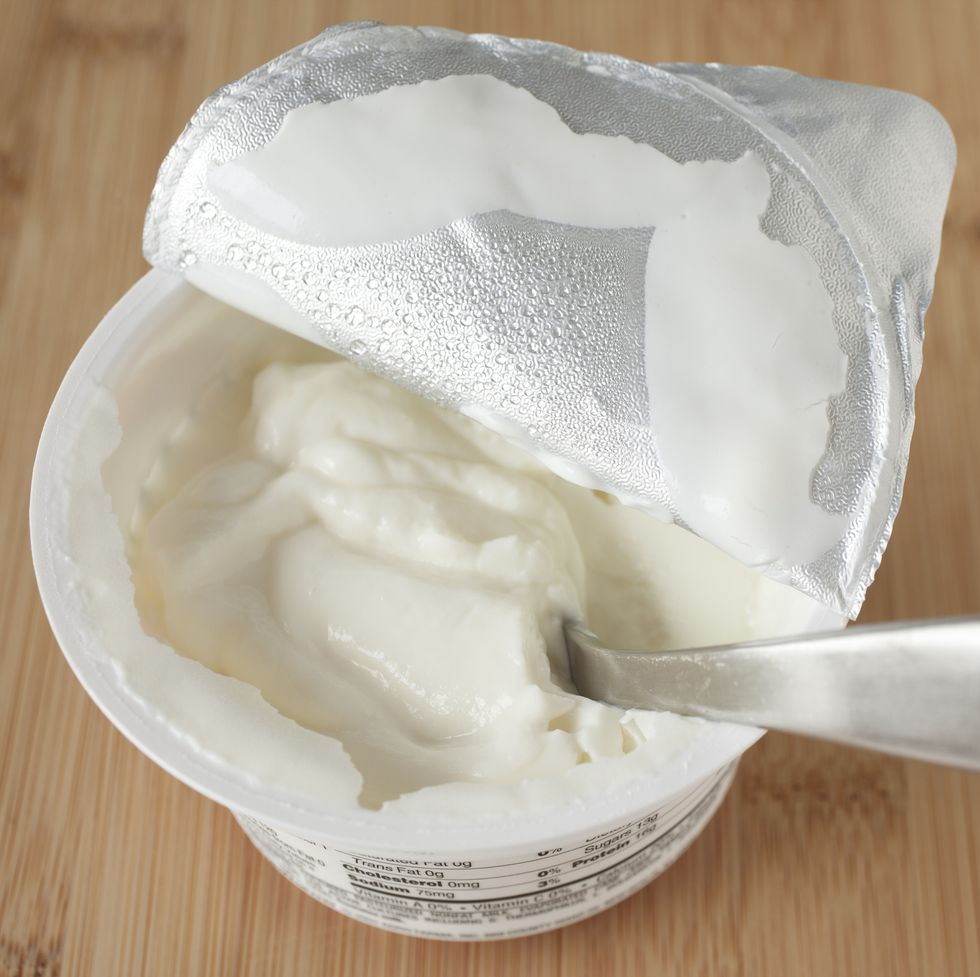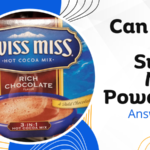When it comes to making cake or coffee, cream is the essential ingredient. With countless options, you may notice something called thin cream.
So, what is thin cream?
Thin cream is milk cream with fat content between 18% and 20%. It provides a lighter texture and pourable consistency. A thin cream is a minimally processed dairy product that contains no additives or stabilizers. Many dishes, such as sauces, soups, and desserts, can be enhanced with this ingredient.
The article incorporates the nutritional value of the thin cream. Also, you will get some amazing substitute options for thin cream.
What Is Thin Cream?
A thin cream or pure thin cream contains a lower amount of fat than other creams. A thin cream must contain 18% to 20% fat content. According to Food and Drug Administration, the fat content can’t exceed 30% in any way.
Thin cream is also popularly known as single and light cream. Thin cream doesn’t undergo any processing with additives or stabilizers. It imparts richness and flavor without excessive thickness. Also, thin cream can be whipped into a light, airy foam for baking purposes.
Thin cream, also known as light cream, doesn’t contain artificial ingredients or sugar. So, it can be used instead of heavy whipping cream just like substituting self-rising cornmeal for regular cornmeal. Also, thin cream is better suited to beverages and desserts.
However, it resembles cold foam rather than whipped cream. So, it lacks the desired texture and stability as whipping should.
What Is the Purpose of Thin Cream?
Mainly the purpose of thin cream is to add richness, flavor, and moisture to dishes. The ingredient is versatile in the kitchen. You can incorporate it into sauces, soups, and baked goods.
The taste and texture of dishes are enhanced by thin cream without making them too thick or heavy. You can also use it for desserts and beverages. Since it’s light in consistency, it’s easy to incorporate into recipes. It adds an element of creaminess to the end product. As an example, You can use it to make seafoam green icing.
What is the usage of Thin Cream?
The role of thin cream will now be discussed in more detail. This will prevent you from getting confused about its use.
- Desserts such as pound cake, fruit crisps, and crumbles can be enhanced in texture by adding thin cream.
- Then, you can use thin cream in scrambled eggs. Before cooking the eggs, add a splash of thin cream to get creamy scrambled eggs. The addition of this ingredient results in eggs that are both tasty and velvety.
- Pasta sauces and soups can be made using thin cream.
- Curry recipes often call for thin cream.
- Coffee, cocktails, and mocktails can be enjoyed with thin cream.
- It adds a delightful touch of richness and indulgence to the dessert. For baking cake OTG, it is an essential ingredient.
Nutritional Value of Thin Cream
While using thin cream, it’s necessary to know the nutritional value of this. So, here is an overview of the nutritional facts of 30g(1 fl oz) of thin cream.
| Nutrition fact | Amount | Daily Value |
| Calories | 57 | 2.85% |
| Total Fat(Saturated fat 3.1g) | 5.7g | 7% |
| Cholesterol | 18mg | 6% |
| Sodium | 22mg | 1% |
| Total carbohydrates | 0.9g | 0% |
| Protein | 0.9g | 1.8% |
| Vitamin D | 0.3mcg | 2% |
| Calcium | 27mg | 2% |
| Potassium | 40.8 mg | 1% |
However, it’s important to remember that nutritional values can vary by brand and product.
Substitute of Thin Cream
In the absence of thin cream, you will need some good substitutes. Here are some alternatives you can consider when looking for thin cream substitutes.
Substitute 1: Half and Half
In terms of convenience and effectiveness, the half-and-half blend stands out as the top substitute for thin cream. This is a mixture of equal parts whole milk and heavy cream. It has a slightly lower fat content than thin cream. However, it can be used as a substitute in many recipes.

Substitute 2: Whole Milk And Melted Salted Butter
Certain recipes can substitute whole milk with melted salted butter for thin cream. There is less fat in this dish, so the texture and flavor may be milder.
Substitute 3: Evaporated Milk
Evaporated milk is a liquid food that is derived from milk through the partial removal of water. It maintains a minimum milk fat content of 6.5% by weight, ensuring its rich and creamy texture.
So you will get a creamy texture and can use it as a substitute for thin cream in recipes.
Substitute 4: Greek Yogurt
Greek yogurt is another fantastic substitute for thin cream. In fact, it’s a holy grail for you, particularly in dishes where a tangy flavor is desirable.
However, it may change the final dish’s texture and taste. So, consider the amount of using yogurt.

Substitute 5: Coconut Milk
If you’re looking for a non-dairy substitute, coconut milk would be great for you. With its high-fat content, it has the ability to elevate your dish from ordinary to indulgent. This versatile substitute can be utilized in both savory recipes and delectable desserts.
However, since coconut milk has a distinct coconut taste, certain recipes may not be compatible. For instance, coconut-flavored Alfredo sauce isn’t well-received. However, coconut cream is excellent for desserts and drinks.
What is the Difference Between Heavy Cream And Thin Cream?
It’s natural to get confused between heavy and thin cream. If you’re unsure about the difference between heavy cream and thin cream, this section is for you. Here are the key differences between heavy and thin cream.
Difference 1: Fat Content
The prime difference between heavy cream and thin cream is fat content. Heavy cream contains 36% to 40% of fat content. On the other hand, the fat content of thin cream must be between 18-20%.
Difference 2: Consistency
Due to its high-fat content, heavy cream has a thicker consistency. The texture is also more luxurious and velvety. It holds its shape well when whipped. And it is commonly used for desserts, toppings, and sauces that need a creamy and thick texture.
On the other hand, thin cream has a lighter consistency and pours more easily. You can use it to add creaminess to dishes without overwhelming them.
Difference 3: Uses
Heavy cream can be used in both sweet and savory recipes. For dishes requiring a rich, decadent texture, heavy cream is essential. You should use it for whipped cream, custards, ice creams, and creamy soups or sauces. For desserts, it holds its shape when whipped to stiff peaks.
On the other hand, thin cream should be used for dishes that need light consistency. As a drizzle over desserts or fruits, it is commonly used in coffee, tea, and lighter sauces.
Frequently Asked Questions (FAQs):
Can pouring cream be whipped?
No, pouring cream cannot be whipped. Pouring cream is the perfect choice for coffee, cocktails, or drizzling over fruit. Unlike whipping cream, which contains over 30% fat and stabilizers, pouring cream is lighter and pourable.
Can you make thin cream?
You can make thin cream easily. You need to mix the heavy cream and milk in an equal ratio. Milk and heavy cream should be mixed in a 1:1 ratio.
What is the best cream to put on cakes?
Plain whipped or double cream is the best choice for topping or filling cakes and cupcakes. However, you can take it up a notch by adding a touch of vanilla. Also, add some sugar during the whipping process.
Conclusion
I believe you got a clear answer to your question about what is thin cream.
Thin cream is a very popular ingredient in multiple dishes. However, you need to use it carefully, otherwise, the taste can change. Also, you can use substitute the options provided in the article, while you’re running out of thin cream.





